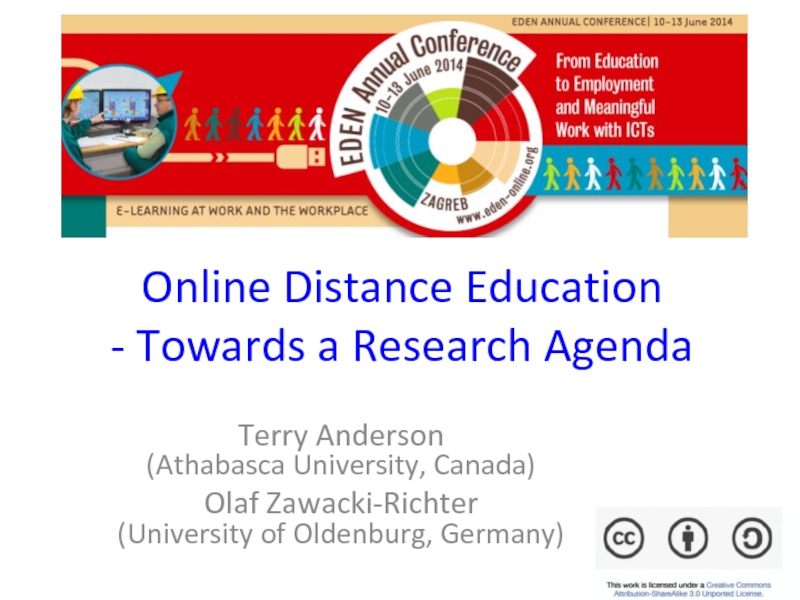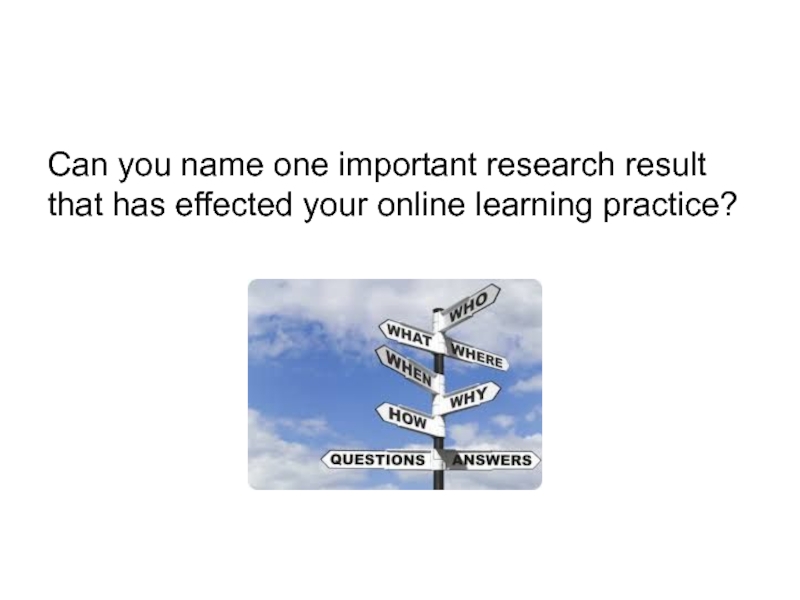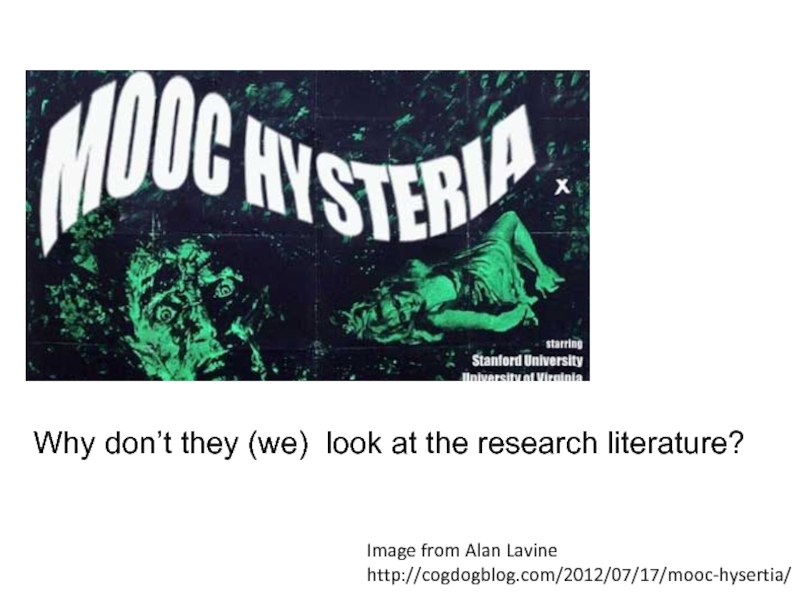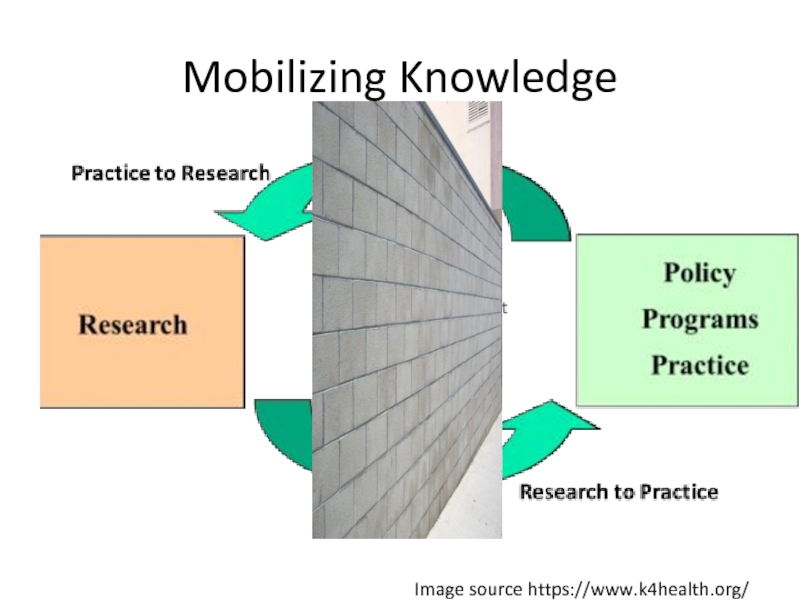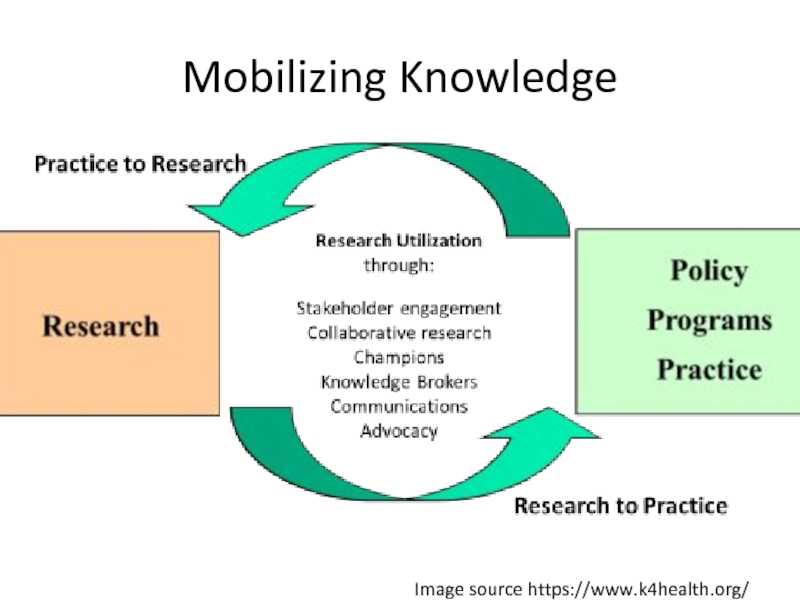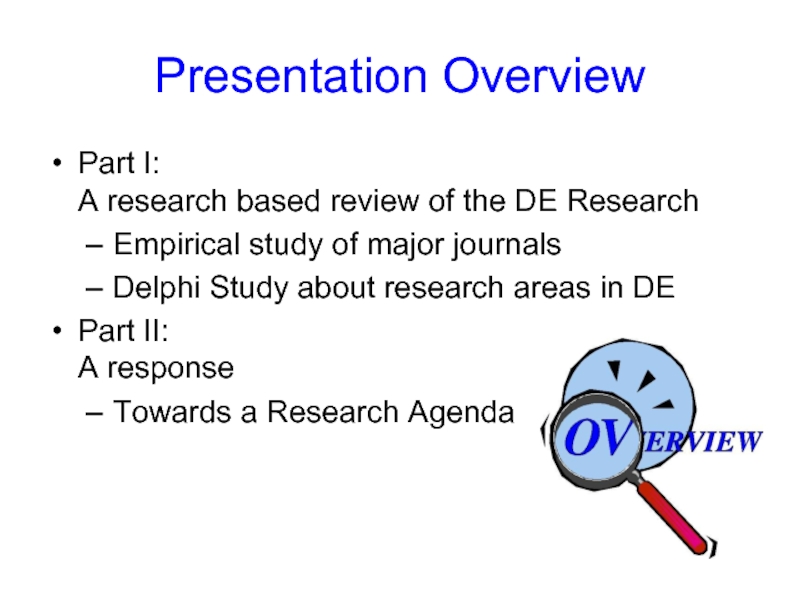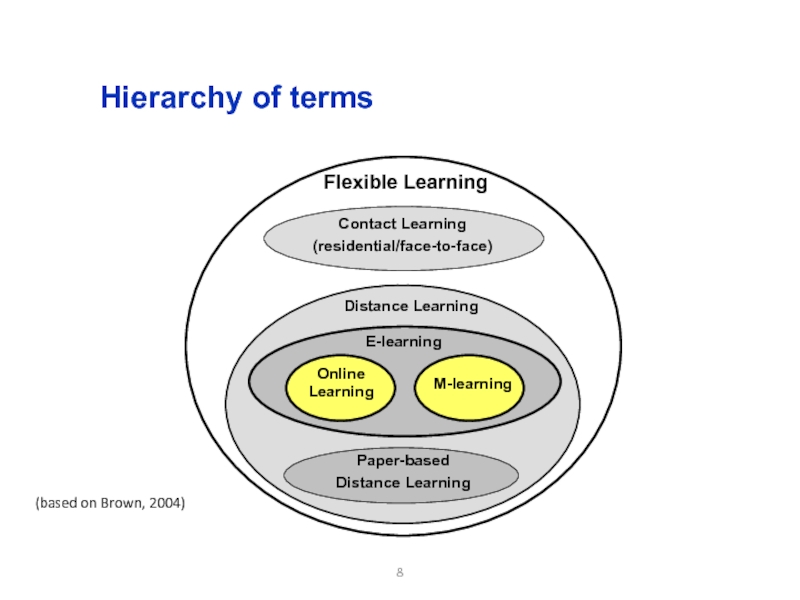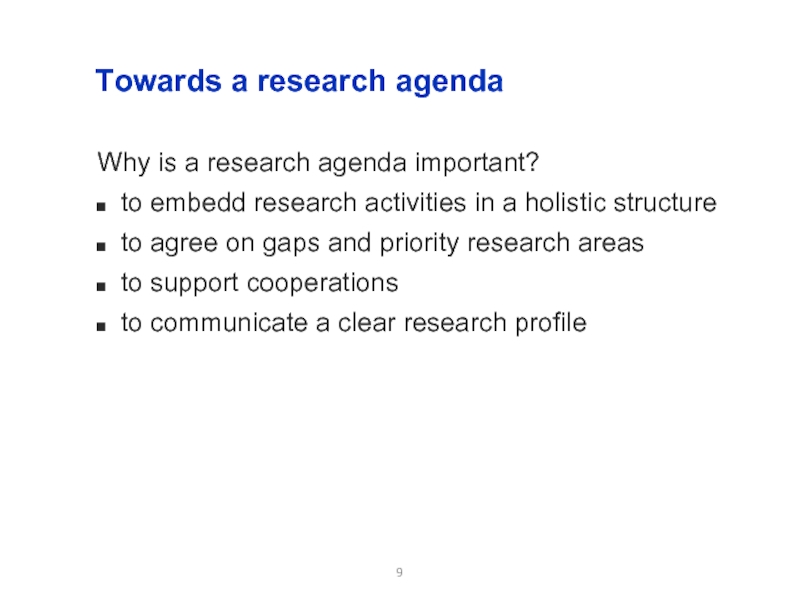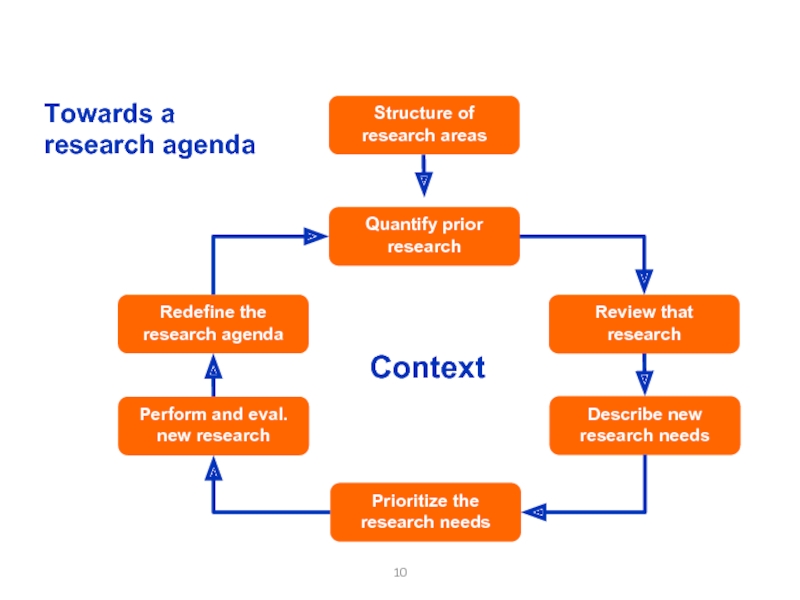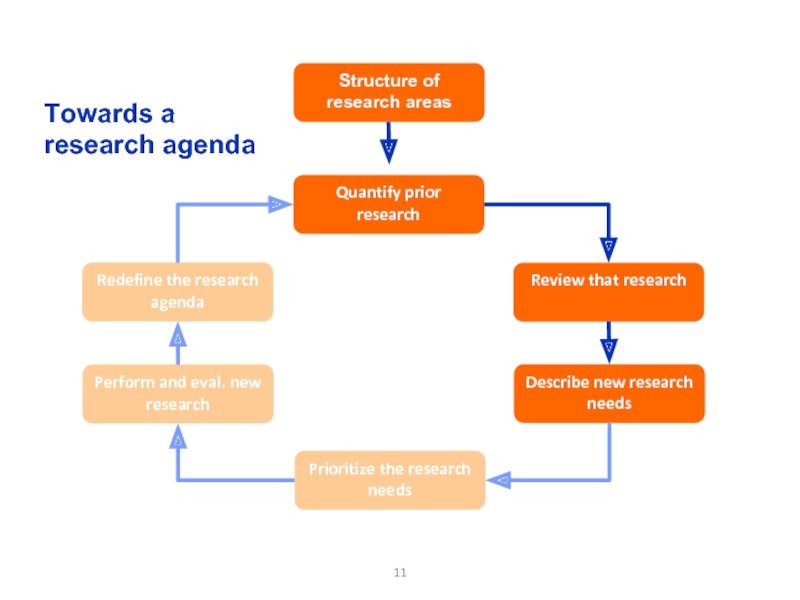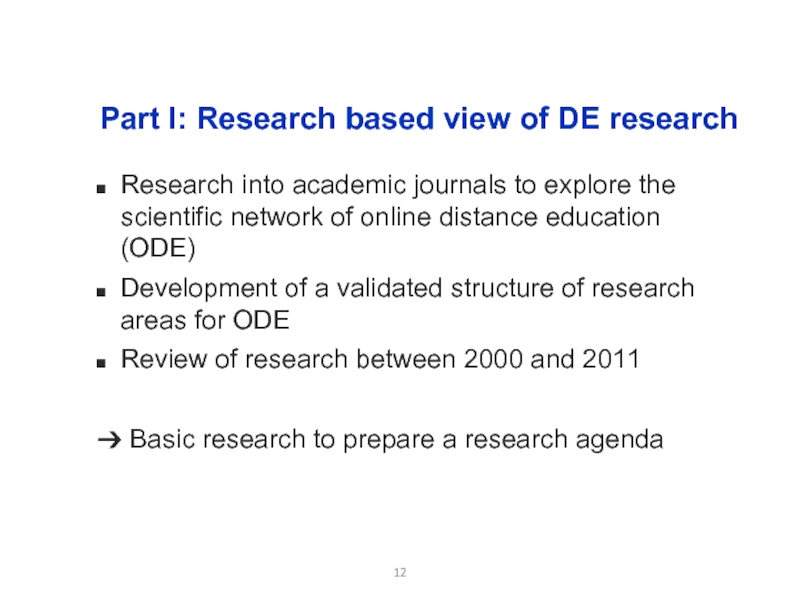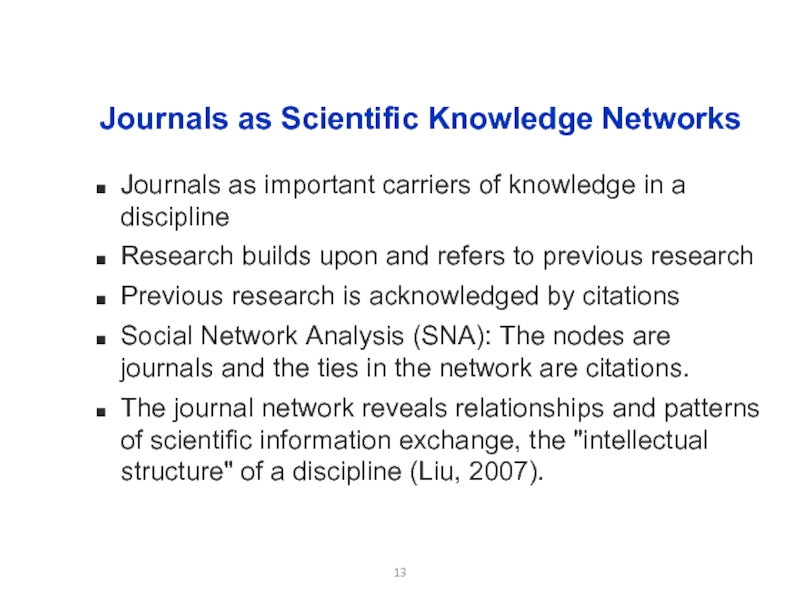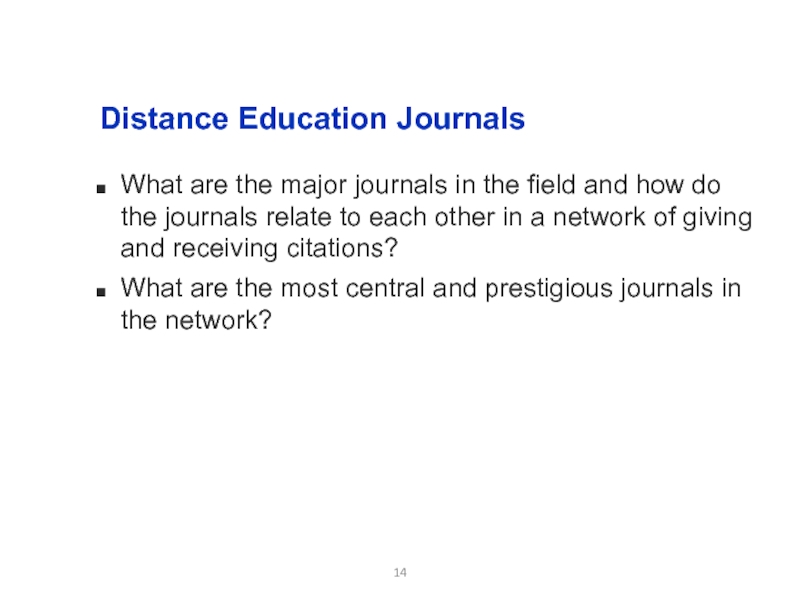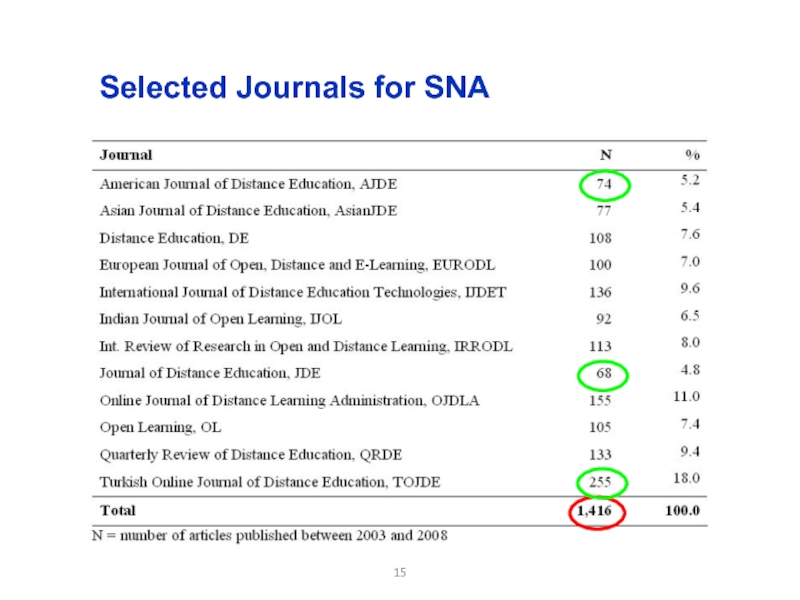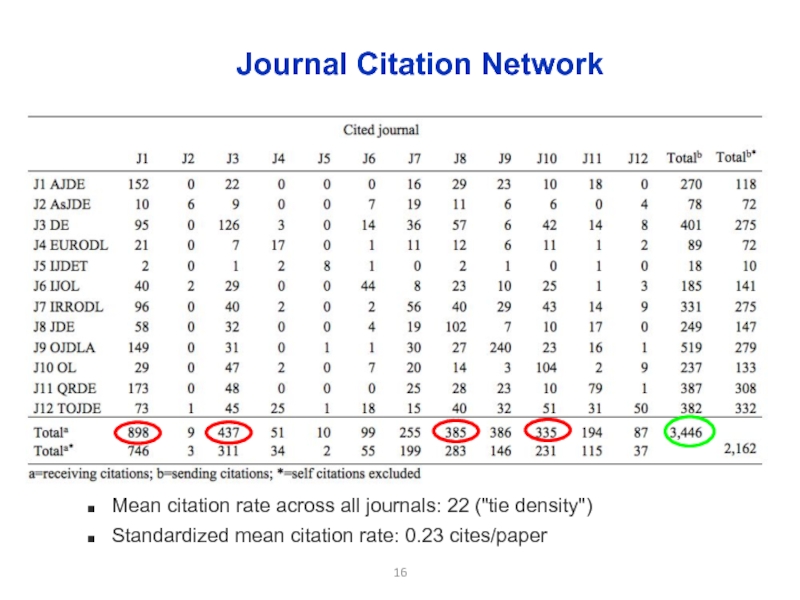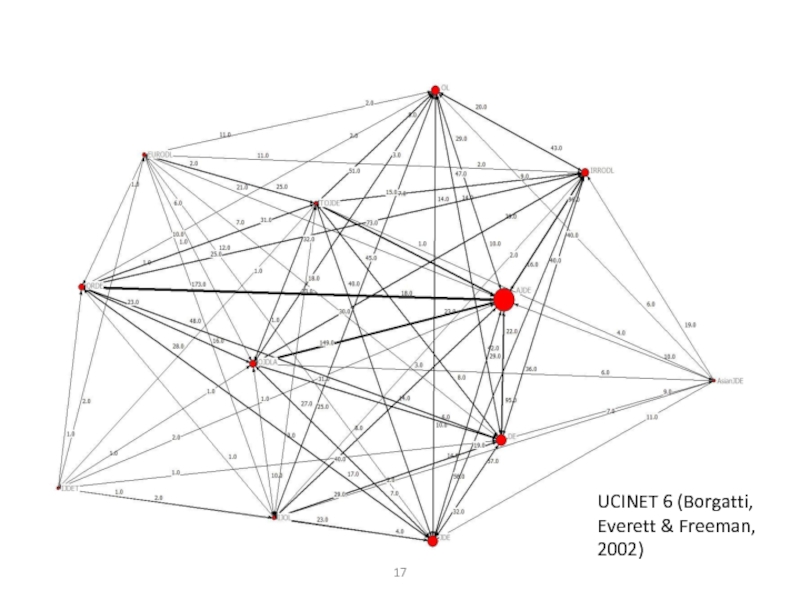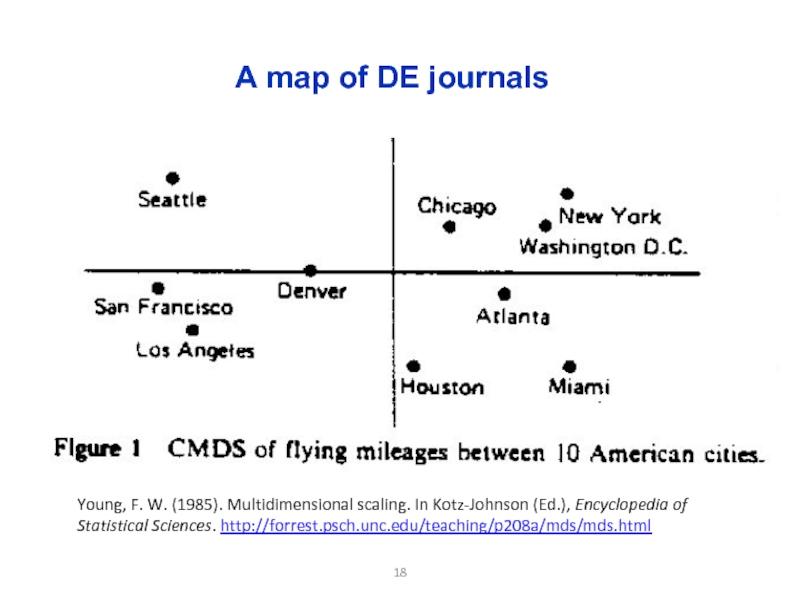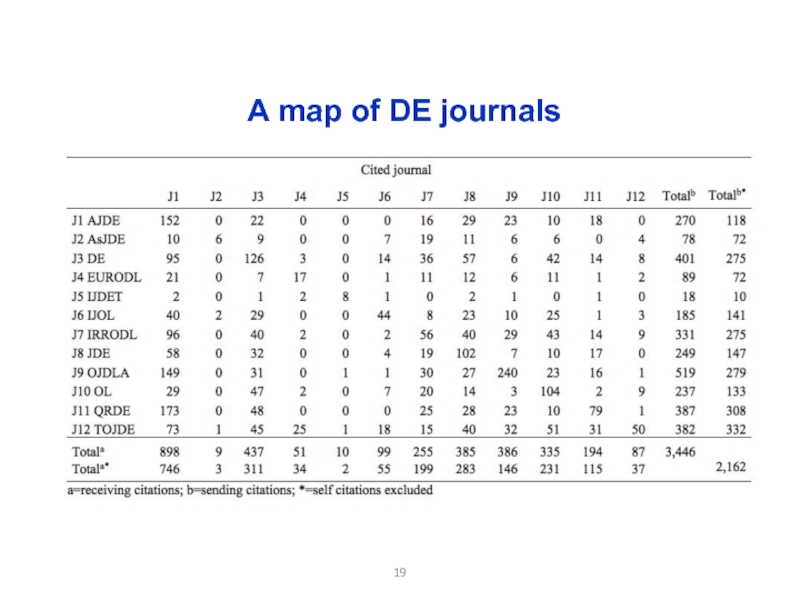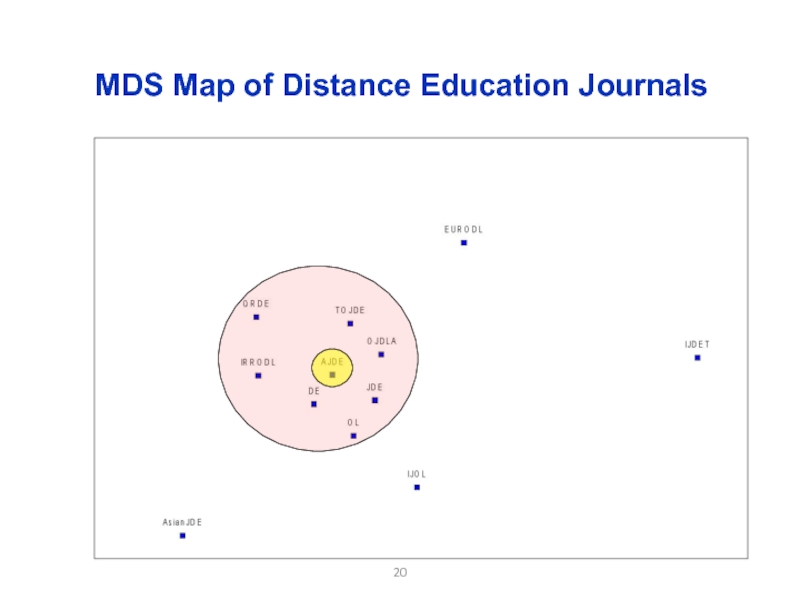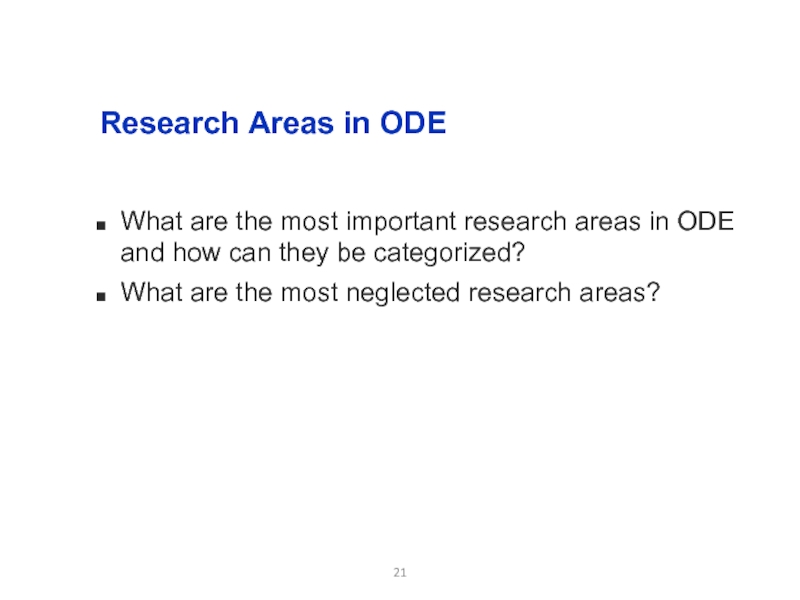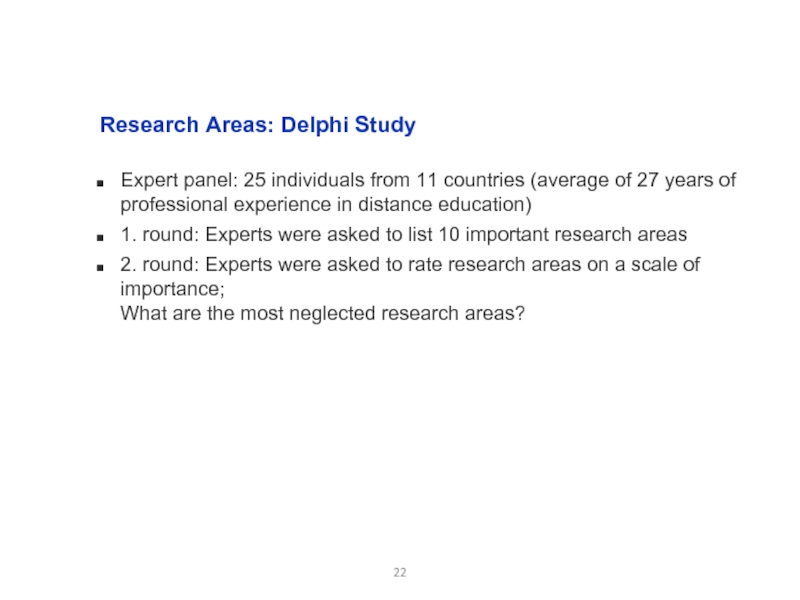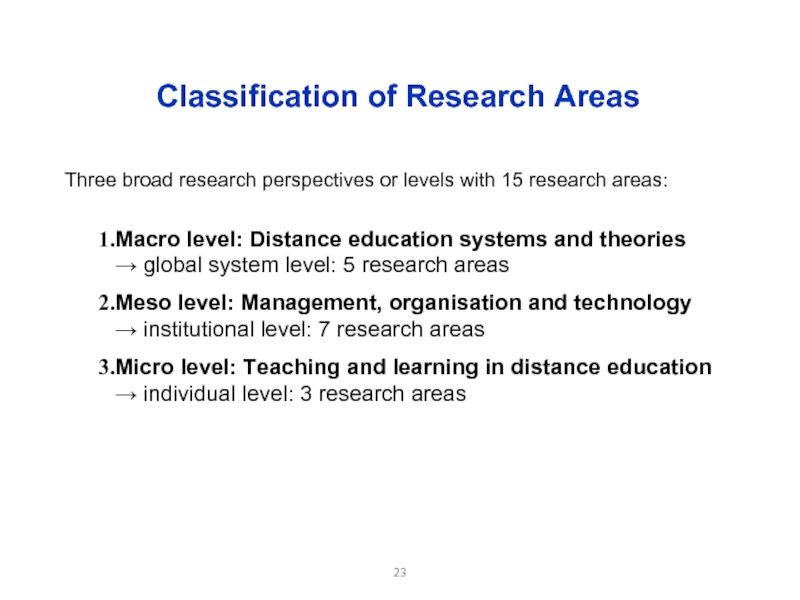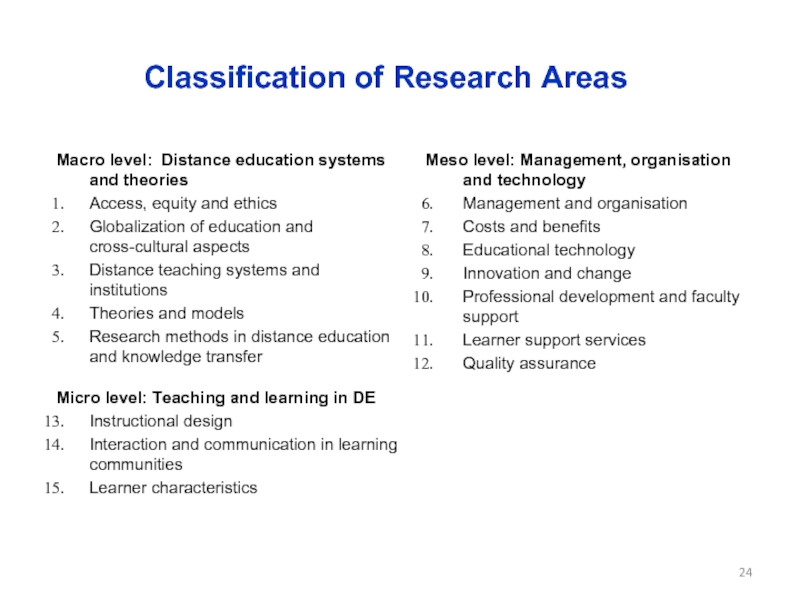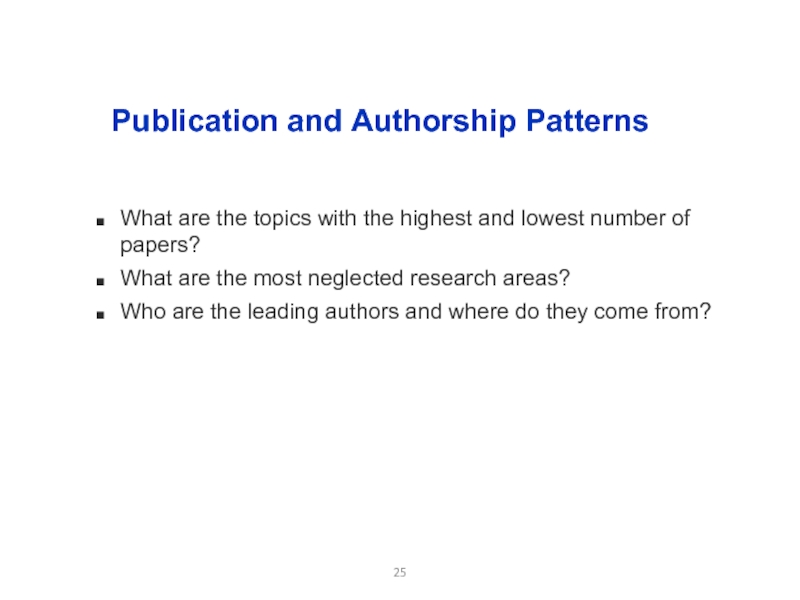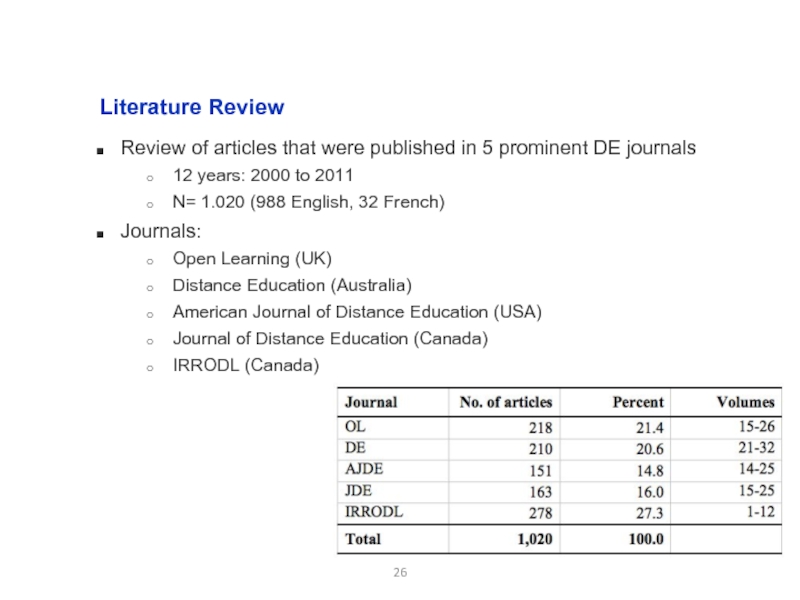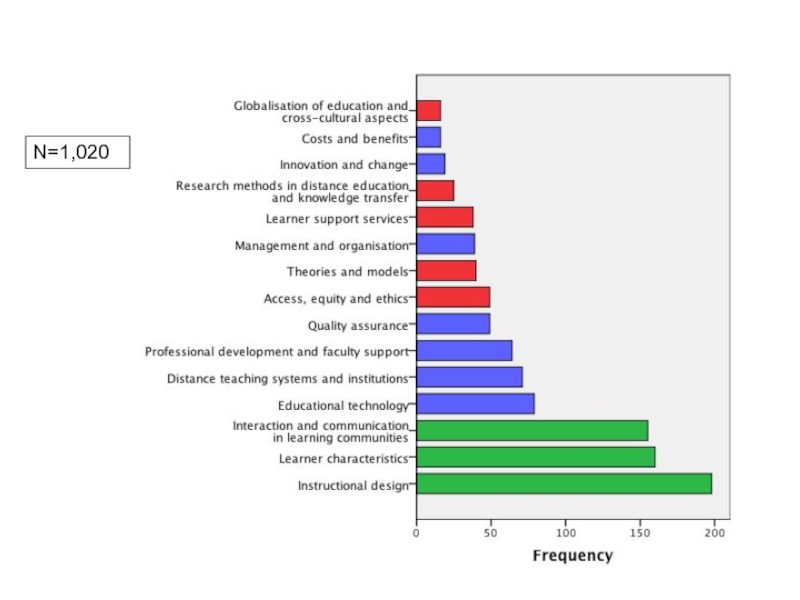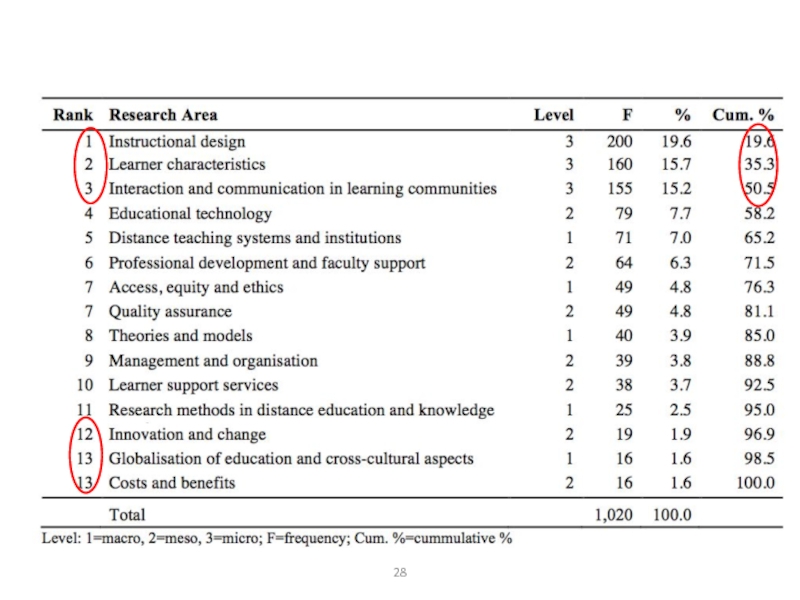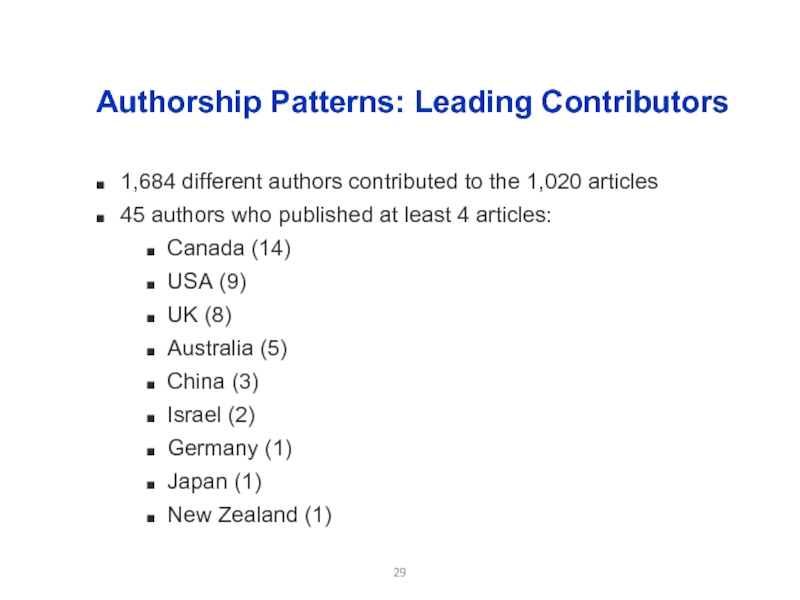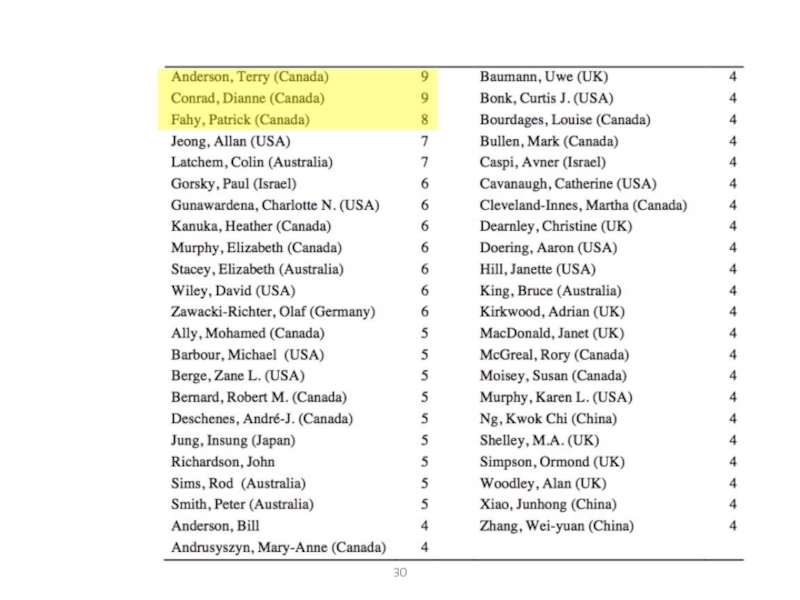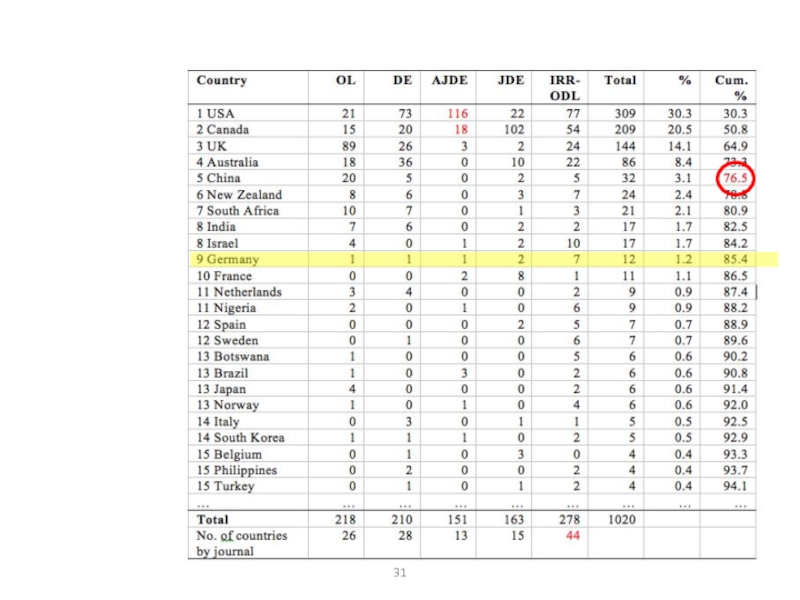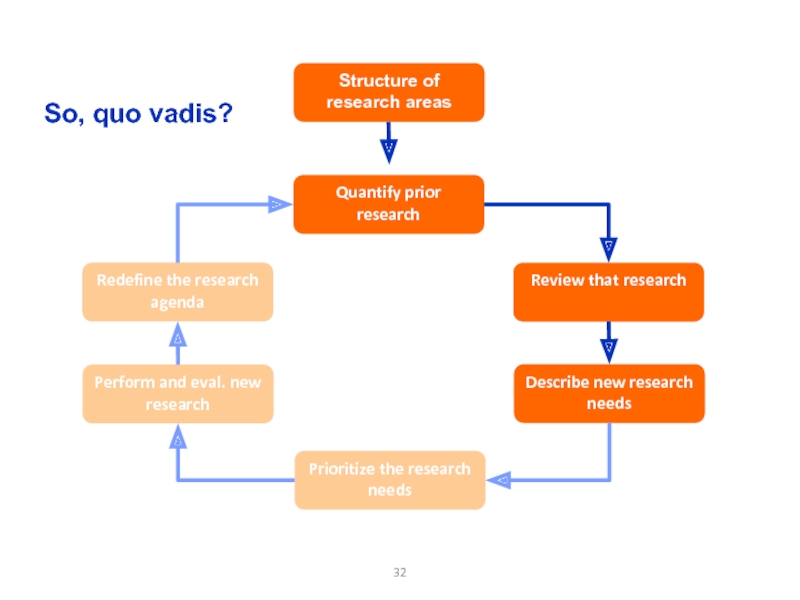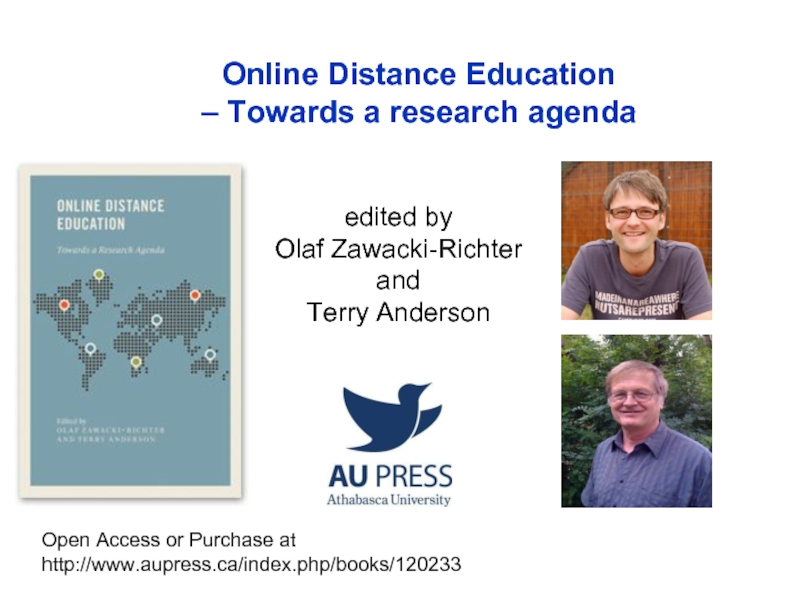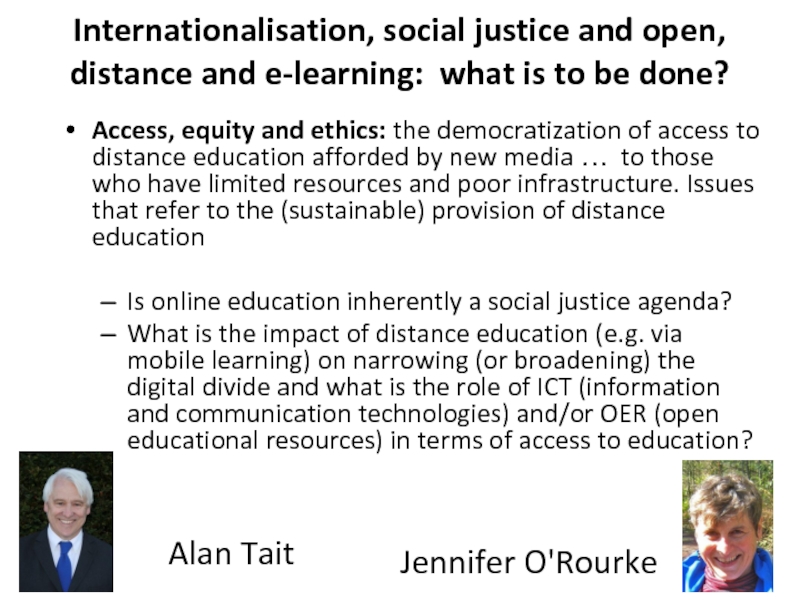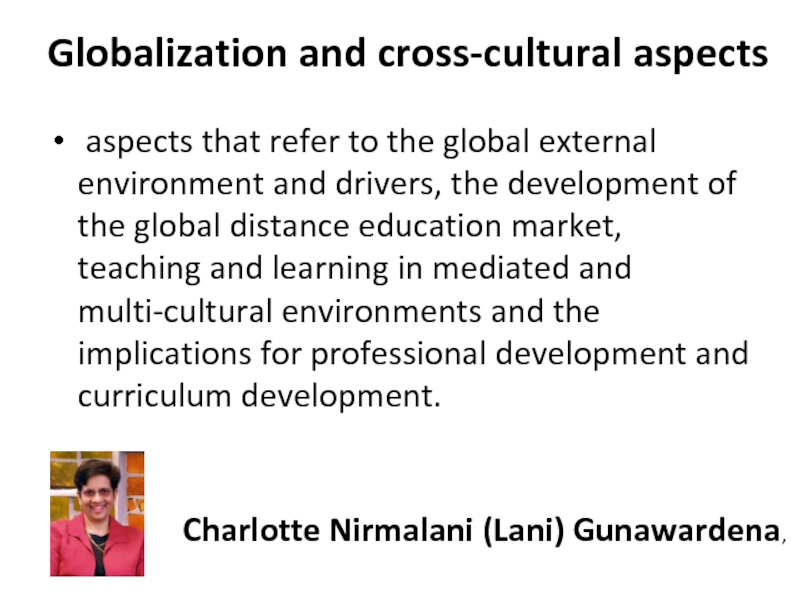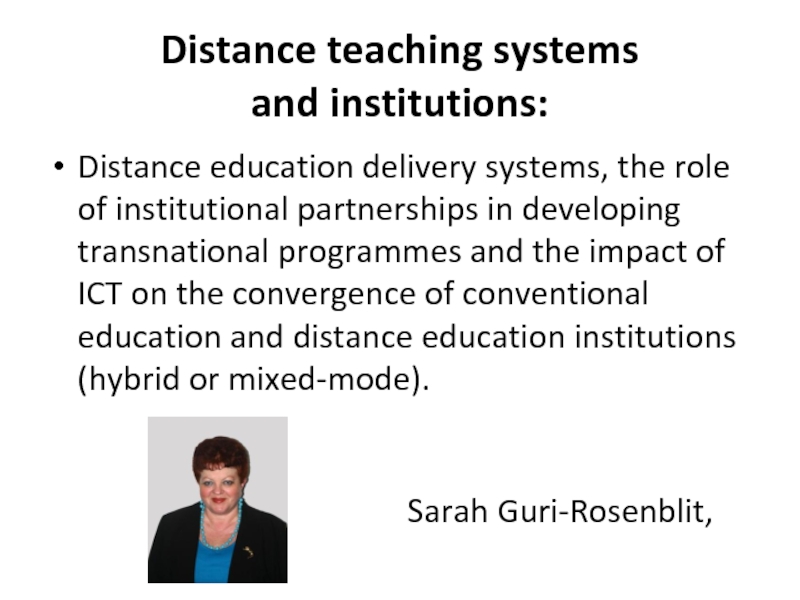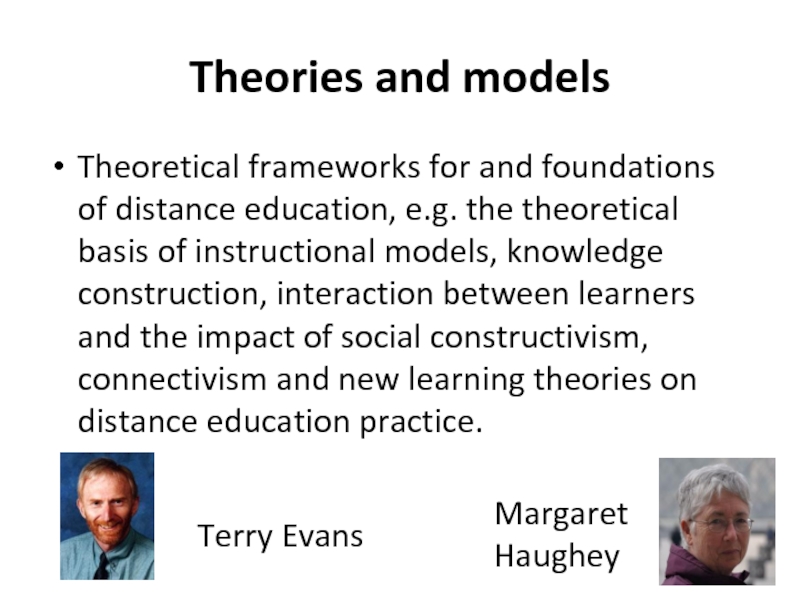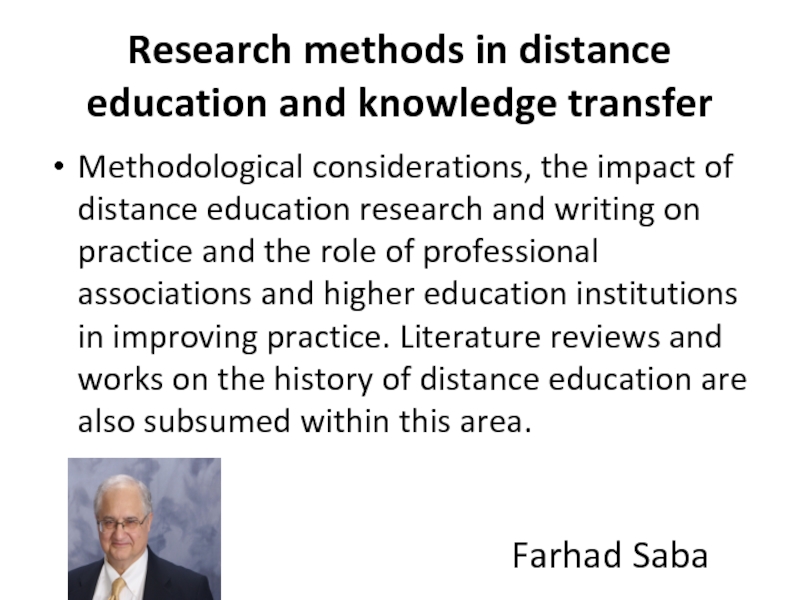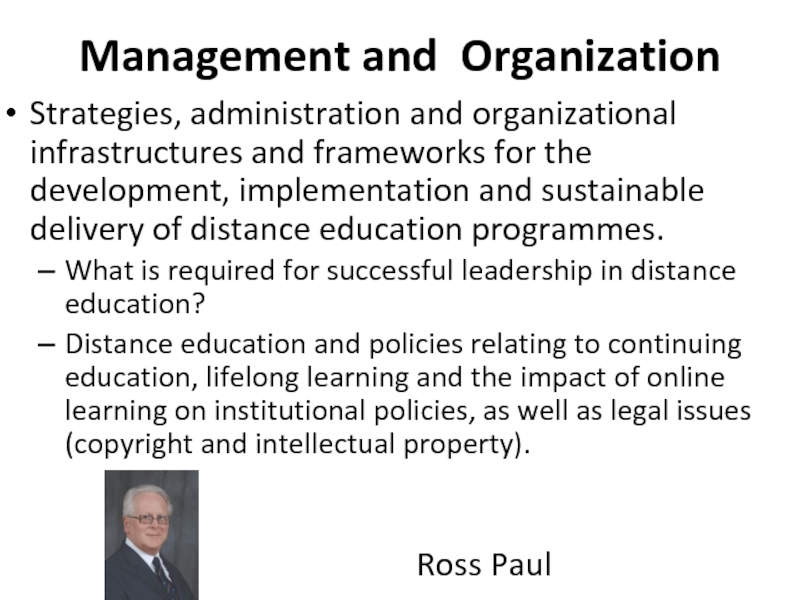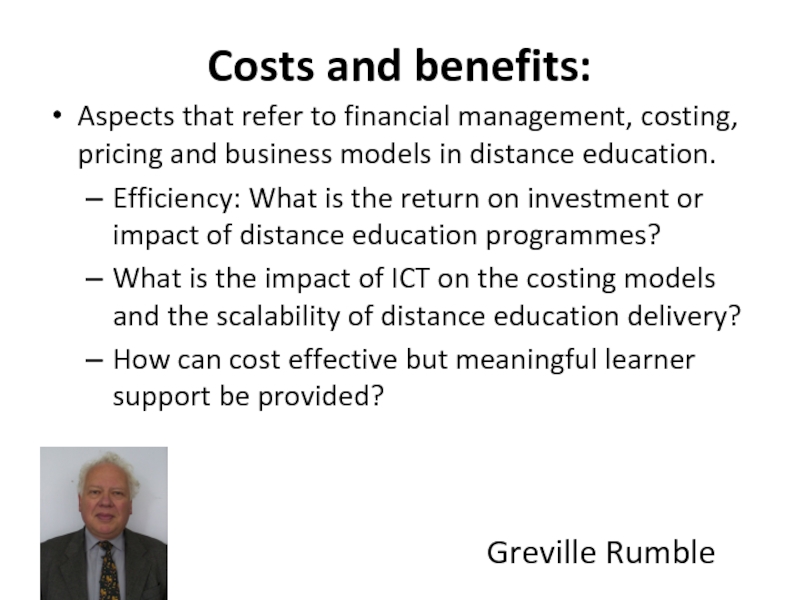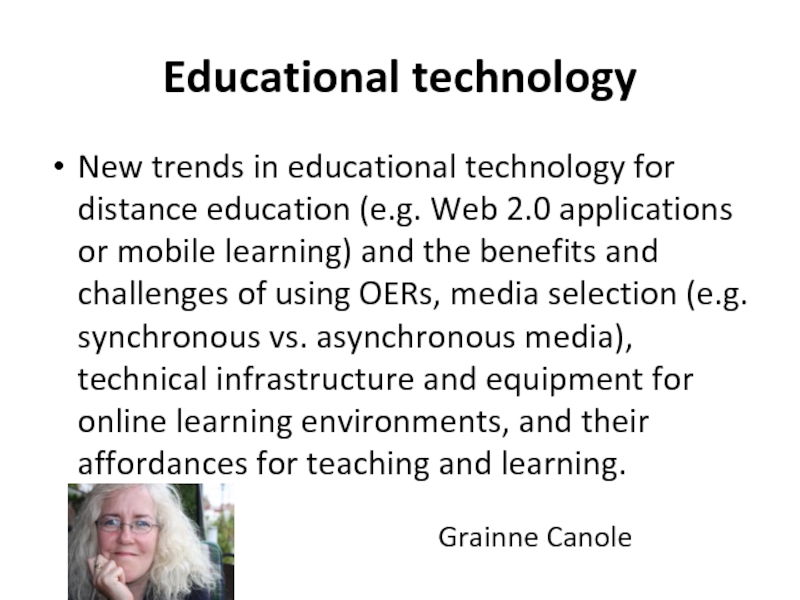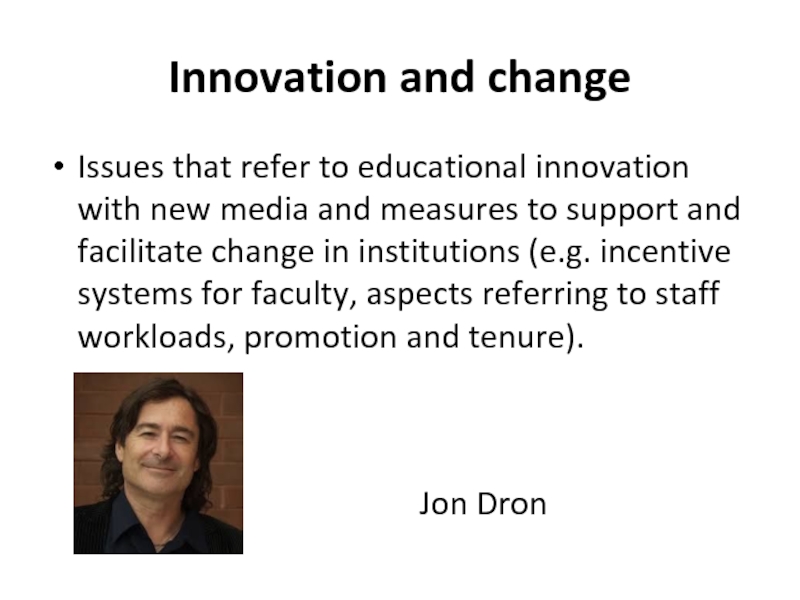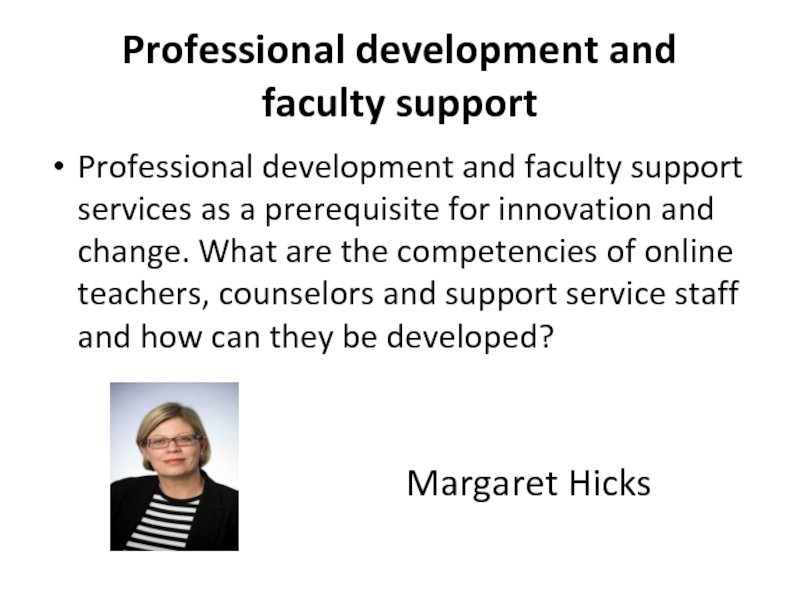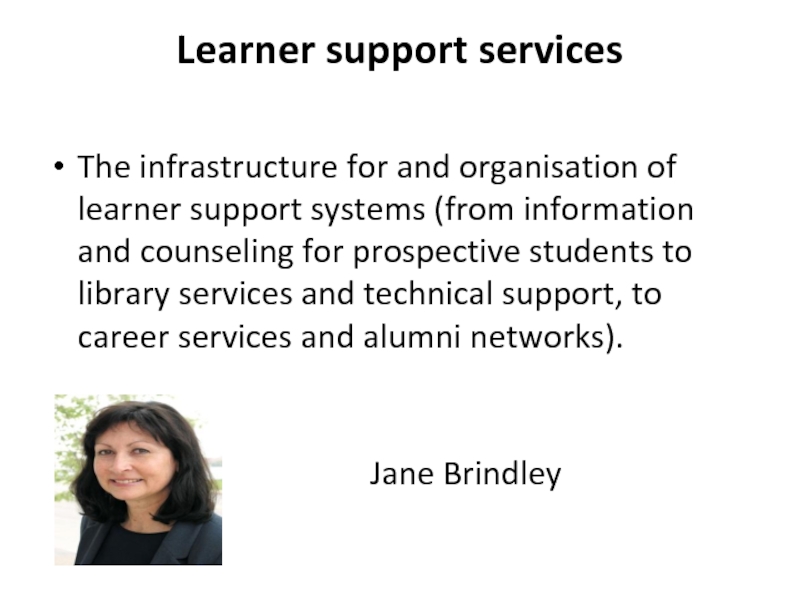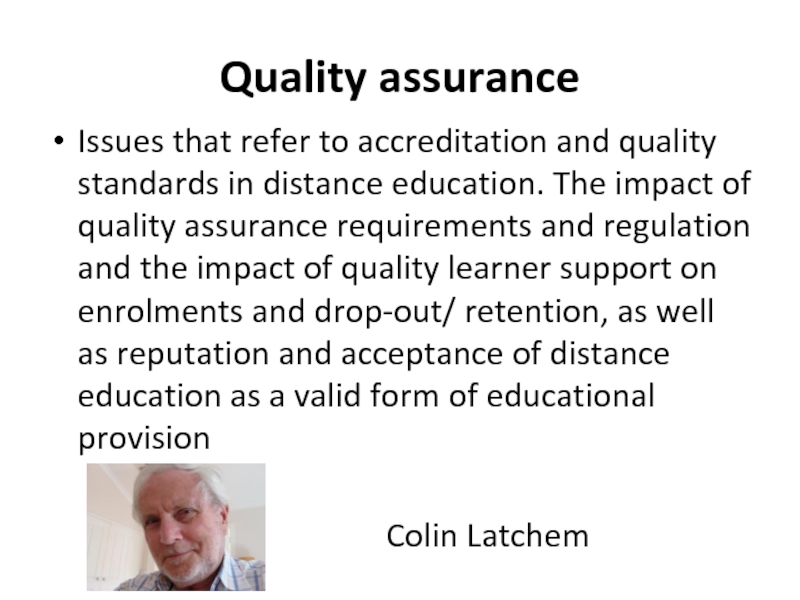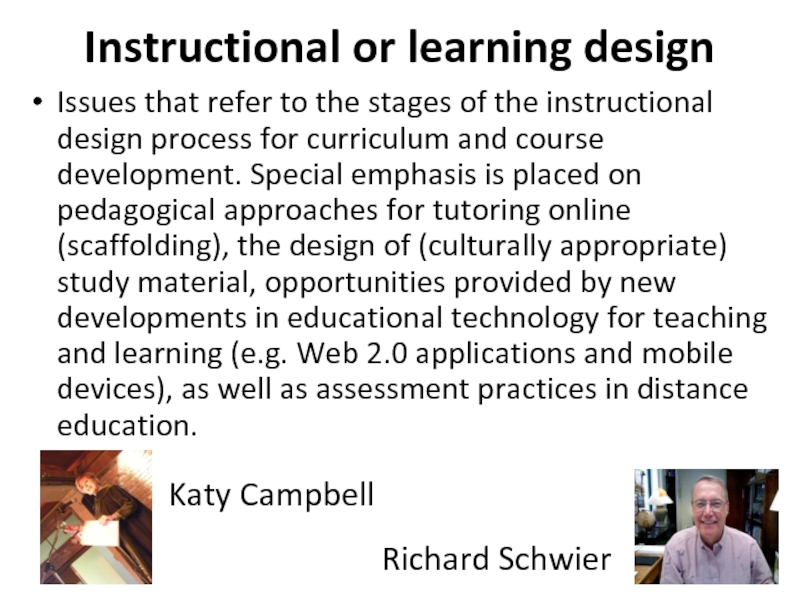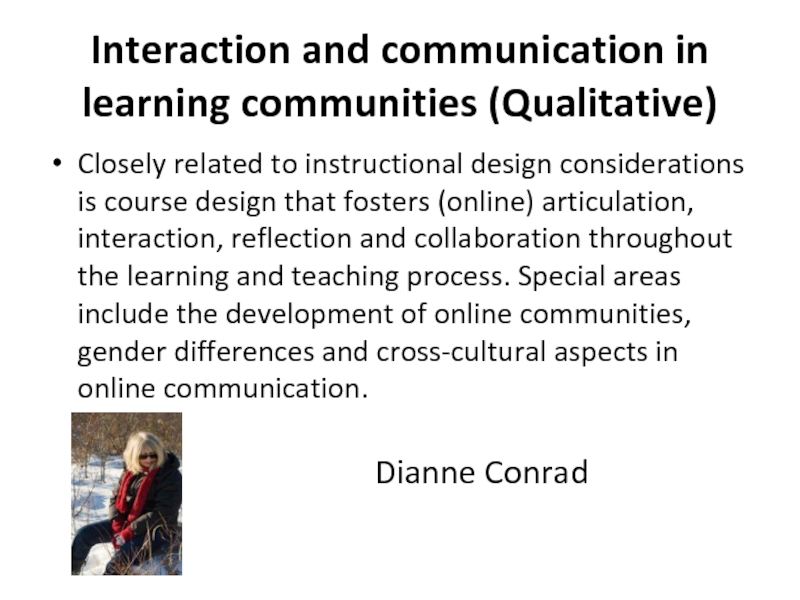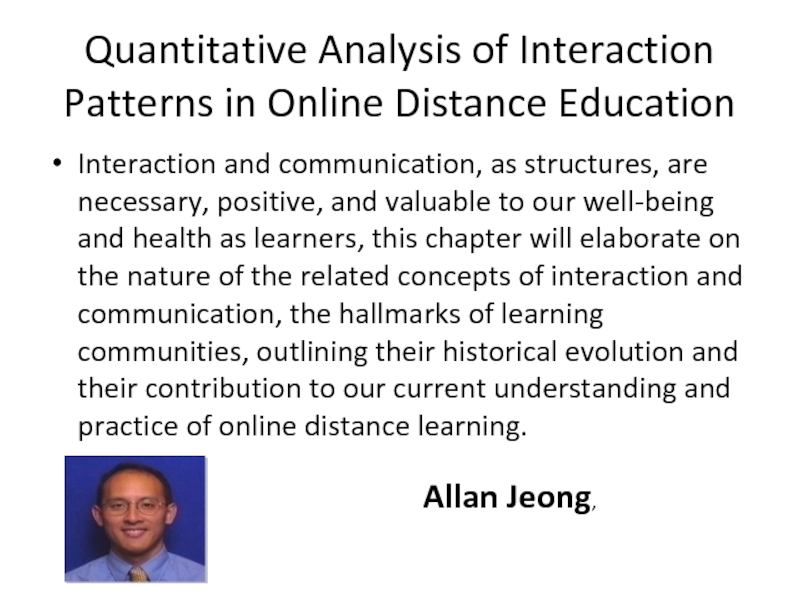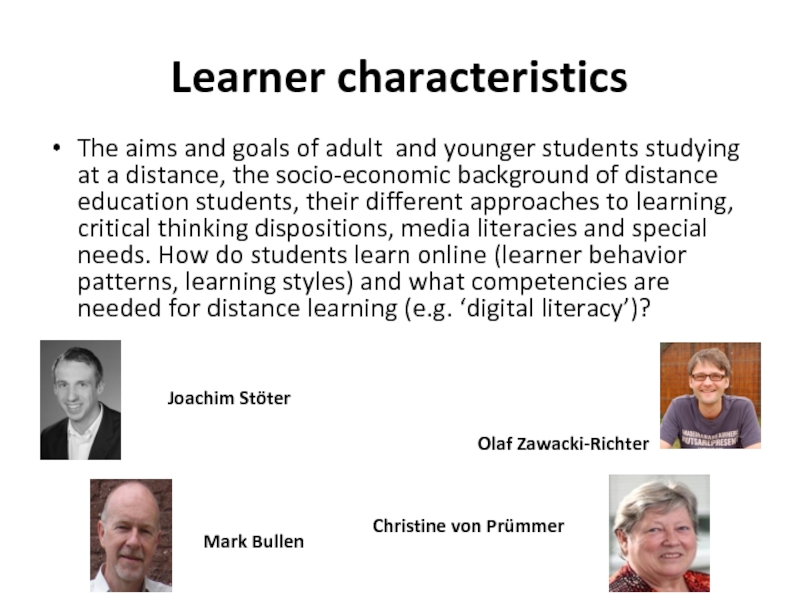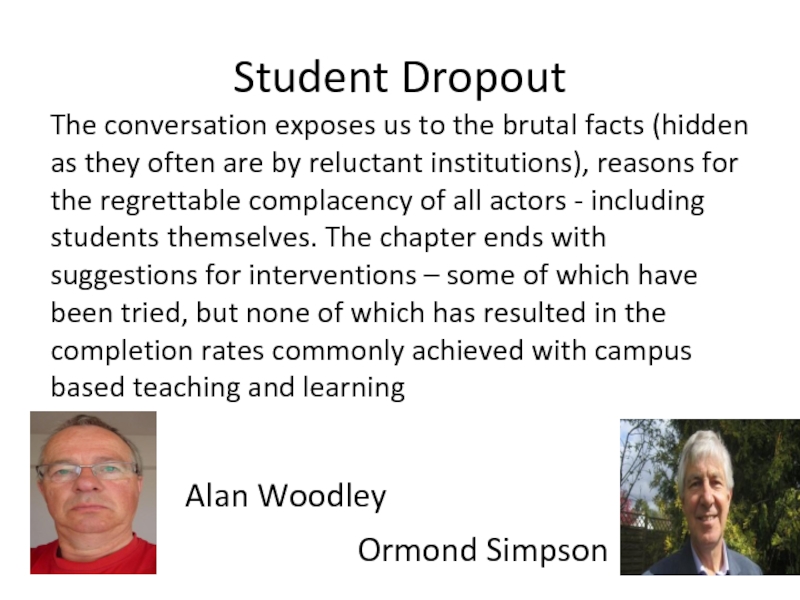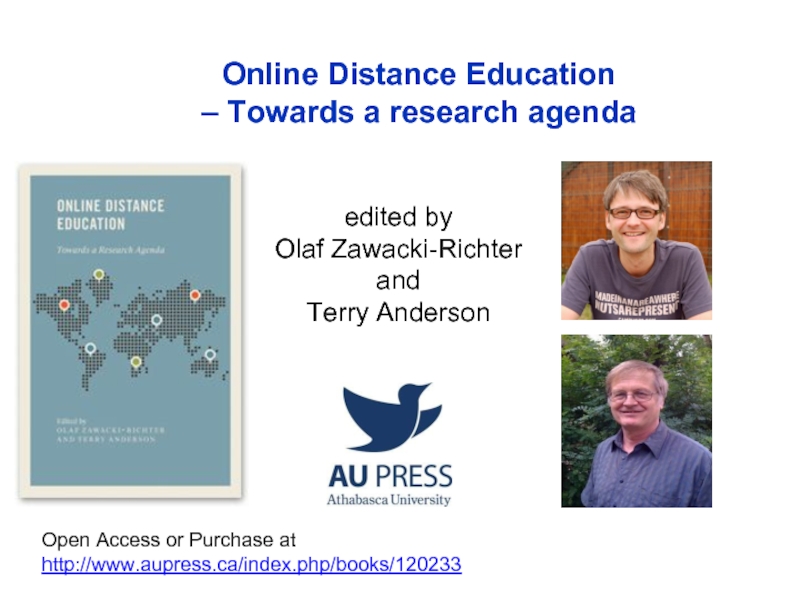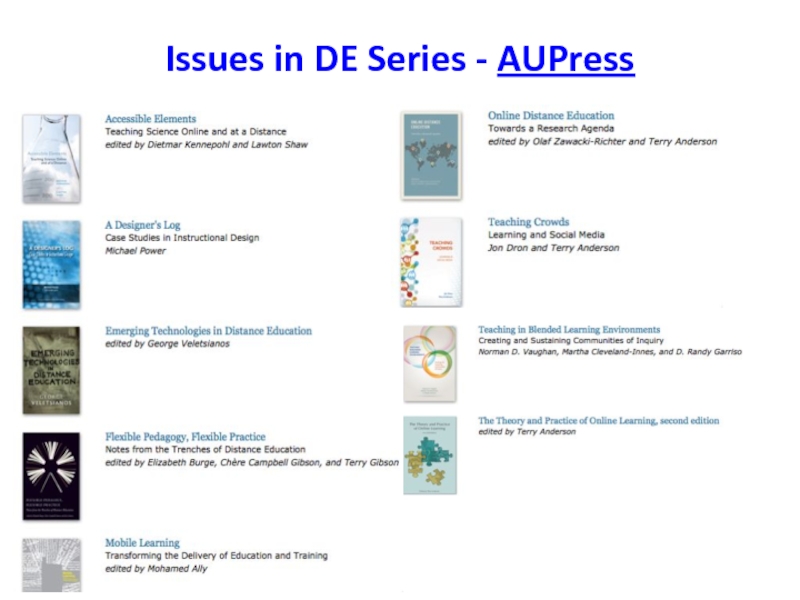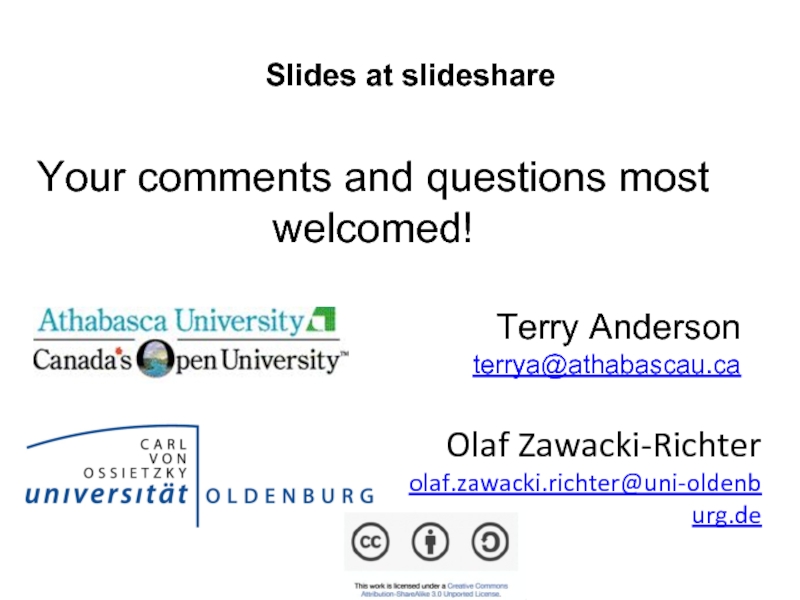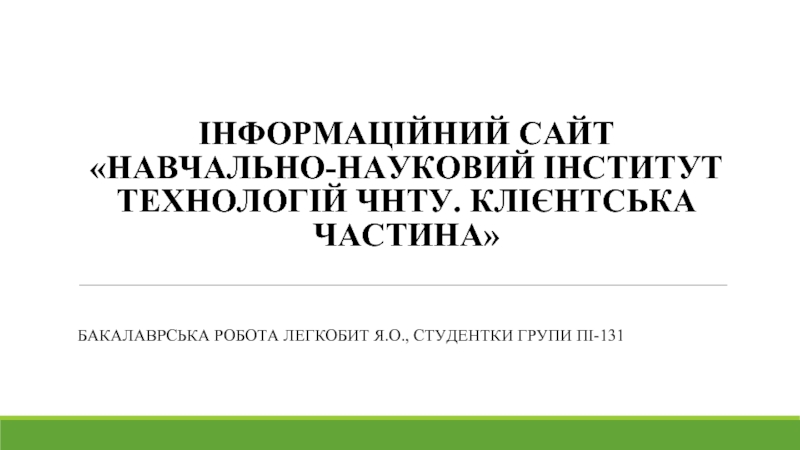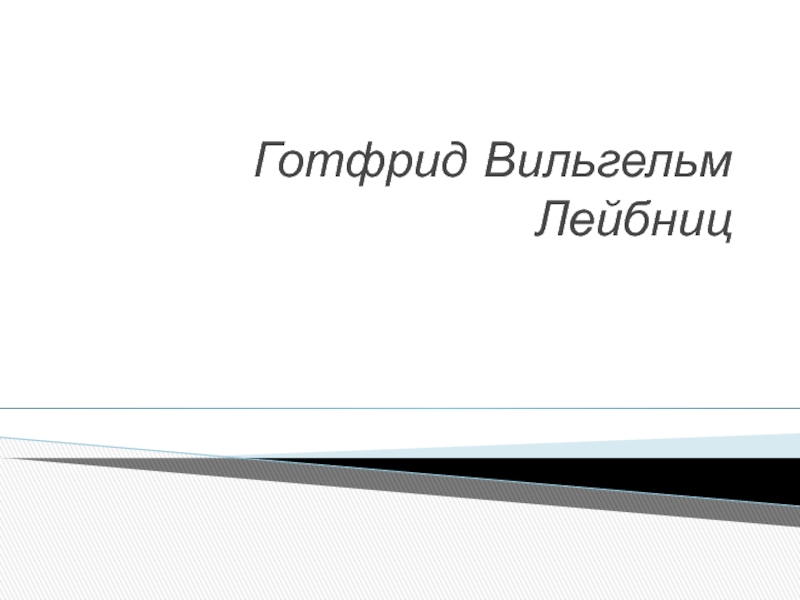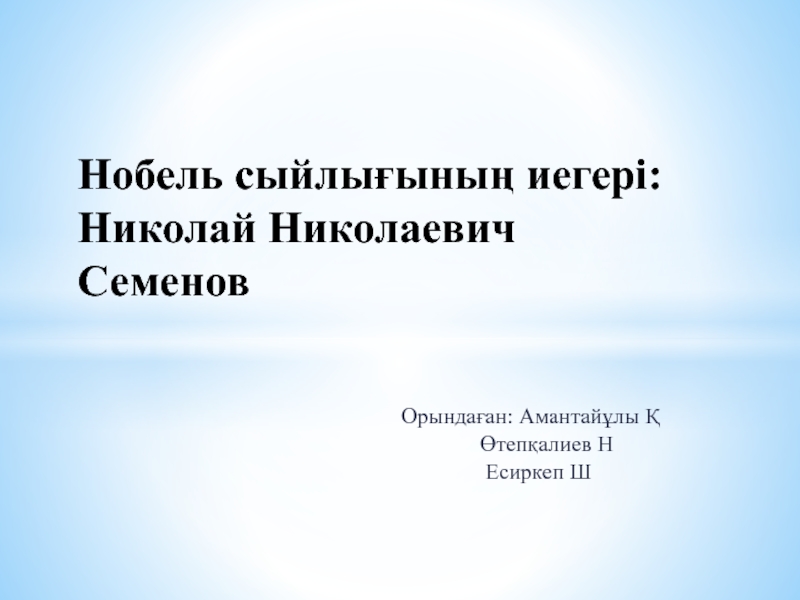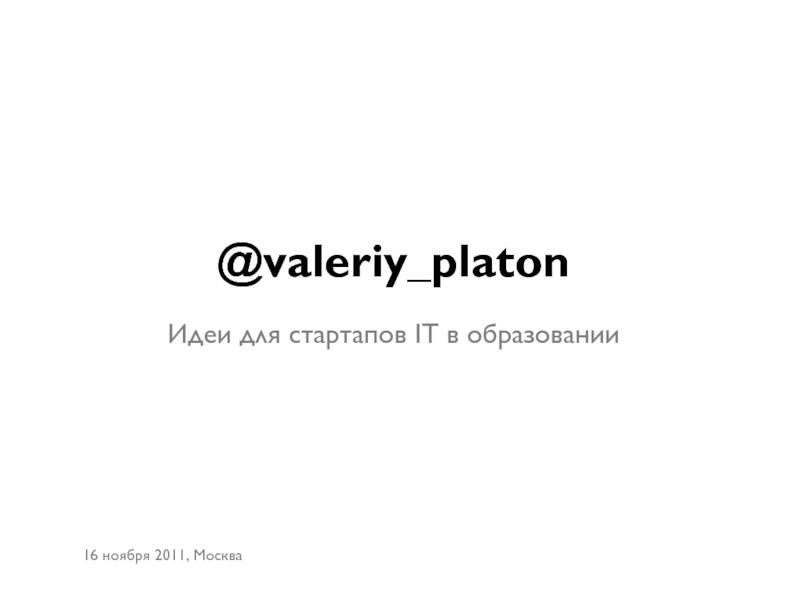- Главная
- Разное
- Дизайн
- Бизнес и предпринимательство
- Аналитика
- Образование
- Развлечения
- Красота и здоровье
- Финансы
- Государство
- Путешествия
- Спорт
- Недвижимость
- Армия
- Графика
- Культурология
- Еда и кулинария
- Лингвистика
- Английский язык
- Астрономия
- Алгебра
- Биология
- География
- Детские презентации
- Информатика
- История
- Литература
- Маркетинг
- Математика
- Медицина
- Менеджмент
- Музыка
- МХК
- Немецкий язык
- ОБЖ
- Обществознание
- Окружающий мир
- Педагогика
- Русский язык
- Технология
- Физика
- Философия
- Химия
- Шаблоны, картинки для презентаций
- Экология
- Экономика
- Юриспруденция
Online Distance Education- Towards a Research Agenda презентация
Содержание
- 1. Online Distance Education- Towards a Research Agenda
- 2. Can you name one important research result that has effected your online learning practice?
- 3. Image from Alan Lavine http://cogdogblog.com/2012/07/17/mooc-hysertia/ Why don’t they (we) look at the research literature?
- 4. Mobilizing Knowledge Image source https://www.k4health.org/
- 5. Mobilizing Knowledge Image source https://www.k4health.org/
- 6. What are the most important unresolved questions in Online Distance Education?
- 7. Presentation Overview Part I: A research
- 8. Hierarchy of terms (based on Brown, 2004)
- 9. Towards a research agenda Why is a
- 10. Quantify prior research Review that research Describe
- 11. Towards a research agenda Quantify prior research
- 12. Part I: Research based view of DE
- 13. Journals as Scientific Knowledge Networks Journals as
- 14. Distance Education Journals What are the major
- 15. Selected Journals for SNA
- 16. Journal Citation
- 17. UCINET 6 (Borgatti, Everett & Freeman, 2002)
- 18. A map of DE journals Young, F.
- 19. A map of DE journals
- 20. MDS Map of Distance Education Journals
- 21. Research Areas in ODE What are the
- 22. Research Areas: Delphi Study Expert panel: 25
- 23. Classification of Research Areas Three broad research
- 24. Classification of Research Areas
- 25. Publication and Authorship Patterns What are the
- 26. Literature Review Review of articles that were
- 27. N=1,020
- 29. Authorship Patterns: Leading Contributors 1,684 different authors
- 32. So, quo vadis? Quantify prior research Review
- 33. Online Distance Education – Towards a
- 34. Internationalisation, social justice and open, distance and
- 35. Globalization and cross-cultural aspects
- 36. Distance teaching systems and institutions:
- 37. Theories and models Theoretical frameworks for
- 38. Research methods in distance education and knowledge
- 39. Management and Organization Strategies, administration and
- 40. Costs and benefits: Aspects that refer
- 41. Educational technology New trends in educational
- 42. Innovation and change Issues that refer to
- 43. Professional development and faculty support Professional
- 44. Learner support services The infrastructure for
- 45. Quality assurance Issues that refer to accreditation
- 46. Instructional or learning design Issues that
- 47. Interaction and communication in learning communities (Qualitative)
- 48. Quantitative Analysis of Interaction Patterns in Online
- 49. Learner characteristics The aims and goals of
- 50. Student Dropout Ormond Simpson Alan Woodley
- 51. Online Distance Education – Towards a
- 52. Issues in DE Series - AUPress
- 53. Slides at slideshare Terry Anderson terrya@athabascau.ca
Слайд 1Online Distance Education
- Towards a Research Agenda
Terry Anderson
(Athabasca University, Canada)
Olaf
Слайд 3
Image from Alan Lavine
http://cogdogblog.com/2012/07/17/mooc-hysertia/
Why don’t they (we) look at the research
Слайд 7Presentation Overview
Part I:
A research based review of the DE Research
Empirical
Delphi Study about research areas in DE
Part II: A response
Towards a Research Agenda
Слайд 9Towards a research agenda
Why is a research agenda important?
to embedd research
to agree on gaps and priority research areas
to support cooperations
to communicate a clear research profile
Слайд 10Quantify prior research
Review that research
Describe new research needs
Prioritize the research needs
Perform
Redefine the research agenda
Structure of research areas
Context
Towards a research agenda
Слайд 11Towards a research agenda
Quantify prior research
Review that research
Describe new research needs
Prioritize
Perform and eval. new research
Redefine the research agenda
Structure of research areas
Слайд 12Part I: Research based view of DE research
Research into academic journals
Development of a validated structure of research areas for ODE
Review of research between 2000 and 2011
➔ Basic research to prepare a research agenda
Слайд 13Journals as Scientific Knowledge Networks
Journals as important carriers of knowledge in
Research builds upon and refers to previous research
Previous research is acknowledged by citations
Social Network Analysis (SNA): The nodes are journals and the ties in the network are citations.
The journal network reveals relationships and patterns of scientific information exchange, the "intellectual structure" of a discipline (Liu, 2007).
Слайд 14Distance Education Journals
What are the major journals in the field and
What are the most central and prestigious journals in the network?
Слайд 16
Journal Citation Network
Mean citation rate across all journals: 22 ("tie density")
Standardized
Слайд 18A map of DE journals
Young, F. W. (1985). Multidimensional scaling. In
Слайд 21Research Areas in ODE
What are the most important research areas in
What are the most neglected research areas?
Слайд 22Research Areas: Delphi Study
Expert panel: 25 individuals from 11 countries (average
1. round: Experts were asked to list 10 important research areas
2. round: Experts were asked to rate research areas on a scale of importance; What are the most neglected research areas?
Слайд 23Classification of Research Areas
Three broad research perspectives or levels with 15
Macro level: Distance education systems and theories → global system level: 5 research areas
Meso level: Management, organisation and technology → institutional level: 7 research areas
Micro level: Teaching and learning in distance education → individual level: 3 research areas
Слайд 25Publication and Authorship Patterns
What are the topics with the highest and
What are the most neglected research areas?
Who are the leading authors and where do they come from?
Слайд 26Literature Review
Review of articles that were published in 5 prominent DE
12 years: 2000 to 2011
N= 1.020 (988 English, 32 French)
Journals:
Open Learning (UK)
Distance Education (Australia)
American Journal of Distance Education (USA)
Journal of Distance Education (Canada)
IRRODL (Canada)
Слайд 29Authorship Patterns: Leading Contributors
1,684 different authors contributed to the 1,020 articles
45
Canada (14)
USA (9)
UK (8)
Australia (5)
China (3)
Israel (2)
Germany (1)
Japan (1)
New Zealand (1)
Слайд 32So, quo vadis?
Quantify prior research
Review that research
Describe new research needs
Prioritize the
Perform and eval. new research
Redefine the research agenda
Structure of research areas
Слайд 33Online Distance Education
– Towards a research agenda
edited by
Olaf
and Terry Anderson
Open Access or Purchase at
http://www.aupress.ca/index.php/books/120233
Слайд 34Internationalisation, social justice and open, distance and e-learning: what is to
Access, equity and ethics: the democratization of access to distance education afforded by new media … to those who have limited resources and poor infrastructure. Issues that refer to the (sustainable) provision of distance education
Is online education inherently a social justice agenda?
What is the impact of distance education (e.g. via mobile learning) on narrowing (or broadening) the digital divide and what is the role of ICT (information and communication technologies) and/or OER (open educational resources) in terms of access to education?
Jennifer O'Rourke
Alan Tait
Слайд 35Globalization and cross-cultural aspects
aspects that refer to the
Charlotte Nirmalani (Lani) Gunawardena,
Слайд 36Distance teaching systems
and institutions:
Distance education delivery systems, the role
Sarah Guri-Rosenblit,
Слайд 37Theories and models
Theoretical frameworks for and foundations of distance education,
Terry Evans
Margaret
Haughey
Слайд 38Research methods in distance education and knowledge transfer
Methodological considerations, the impact
Farhad Saba
Слайд 39Management and Organization
Strategies, administration and organizational infrastructures and frameworks for
What is required for successful leadership in distance education?
Distance education and policies relating to continuing education, lifelong learning and the impact of online learning on institutional policies, as well as legal issues (copyright and intellectual property).
Ross Paul
Слайд 40Costs and benefits:
Aspects that refer to financial management, costing, pricing
Efficiency: What is the return on investment or impact of distance education programmes?
What is the impact of ICT on the costing models and the scalability of distance education delivery?
How can cost effective but meaningful learner support be provided?
Greville Rumble
Слайд 41Educational technology
New trends in educational technology for distance education (e.g.
Grainne Canole
Слайд 42Innovation and change
Issues that refer to educational innovation with new media
Jon Dron
Слайд 43Professional development and
faculty support
Professional development and faculty support services as
Margaret Hicks
Слайд 44Learner support services
The infrastructure for and organisation of learner support systems
Jane Brindley
Слайд 45Quality assurance
Issues that refer to accreditation and quality standards in distance
Colin Latchem
Слайд 46Instructional or learning design
Issues that refer to the stages of
Richard Schwier
Katy Campbell
Слайд 47Interaction and communication in learning communities (Qualitative)
Closely related to instructional design
Dianne Conrad
Слайд 48Quantitative Analysis of Interaction Patterns in Online Distance Education
Interaction and communication,
Allan Jeong,
Слайд 49Learner characteristics
The aims and goals of adult and younger students studying
Christine von Prümmer
Mark Bullen
Joachim Stöter
Olaf Zawacki-Richter
Слайд 50Student Dropout
Ormond Simpson
Alan Woodley
The conversation exposes us to the brutal
Слайд 51Online Distance Education
– Towards a research agenda
edited by
Olaf
and Terry Anderson
Open Access or Purchase at
http://www.aupress.ca/index.php/books/120233
